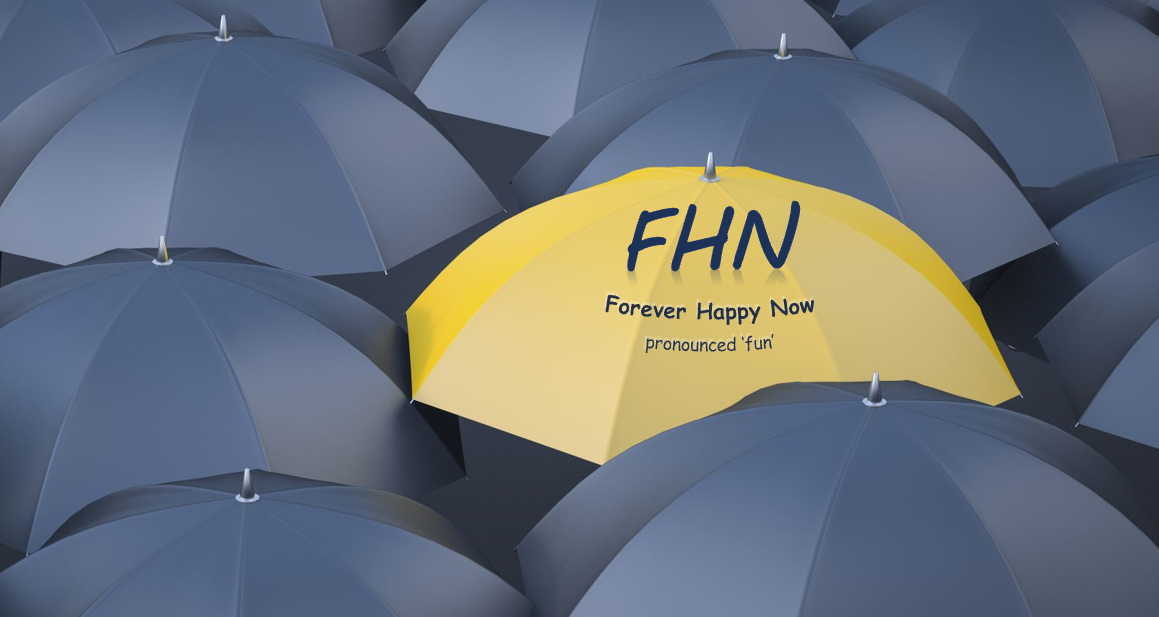Continuing from yesterday, what does collaboration really mean? Everyone wants everyone else to be collaborative around them, and they certainly feel they each are the pinnacles of collaboration. Is that true though?
Within many firms, it’s all about the money. And there is often only so much of a pot to share, capitalists, as most of us are. Collaborating could mean someone else taking the credit and the pot. But Guy argues that collaboration even in large companies and in cutthroat verticals can have positive effects, i.e. synergies such that the sum is greater than the parts. He gives the example of P&G – the global consumer company. Founded pre-Civil War (1837!), they have 60+ brands of which at least 20 are worth over a billion dollars.
In the 1990s, Crest – P&G’s toothpaste brand – was struggling to compete with Colgate in the toothpaste market. Crest researcher, Paul Sagel, saw an opportunity to create a teeth whitening product that people could use at home. He came up with a solution, but couldn’t figure out how to apply it to teeth. During a lunch with colleague Bob Dirksing, who was working on a plastic product for Procter & Gamble, Bob suggested using plastic wrap. They tested the prototype and took it to the CMO, who greenlit the product. In just 6 months, Crest Whitestrips hit the shelves and made $300 million in revenue in its first year.
Crest Whitestrips is proof that collaboration can bring success. Paul and Bob’s combined expertise created an incredibly successful product, showcasing the value of a collaborative culture in organizations. When collaboration is encouraged, great things happen. Continued tomorrow…

